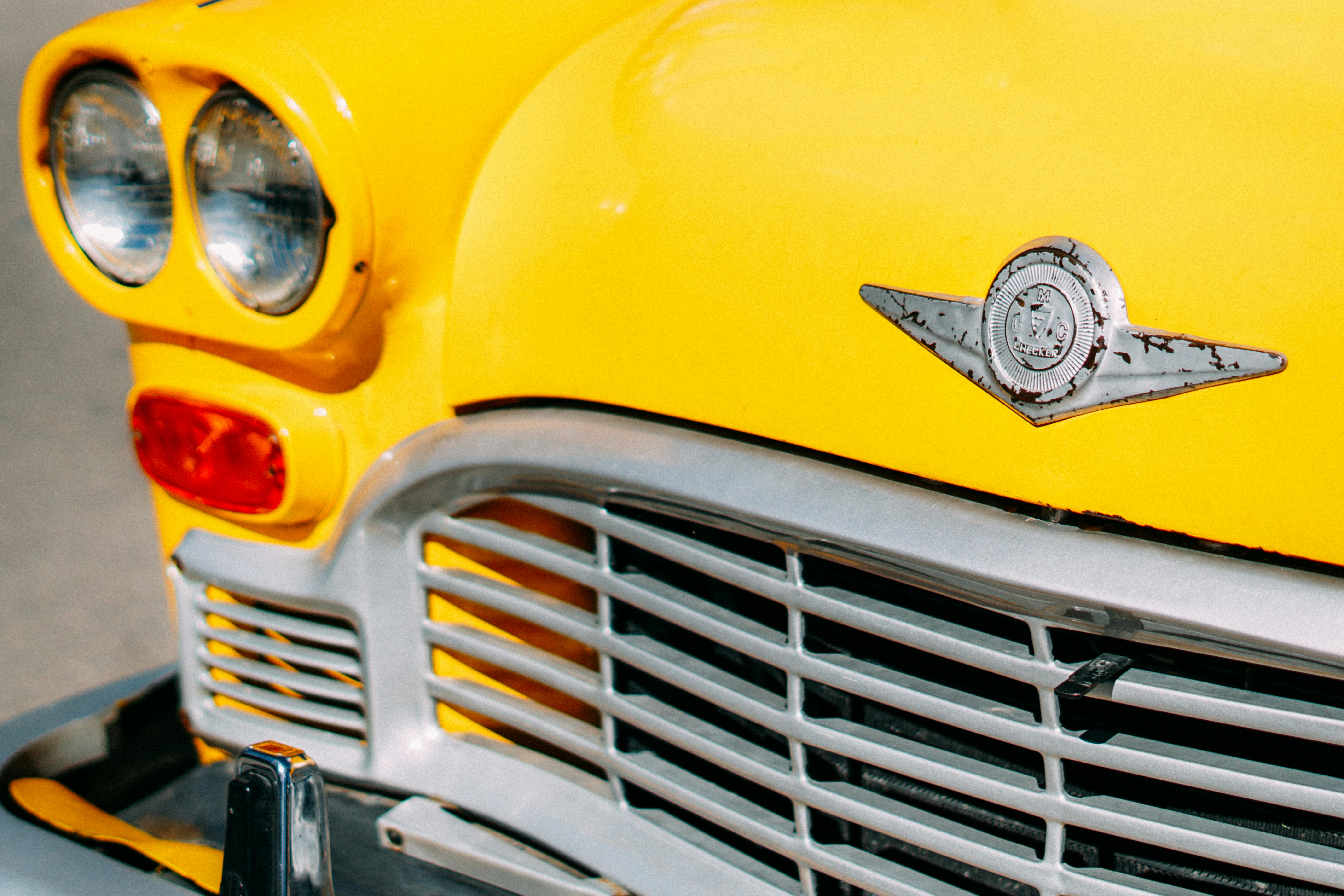
The Camaro is the legendary automobile introduced by Chevrolet for the 1967 model year in order to compete with the Ford Mustang and other similar automobiles. This initial entry into the highly competitive muscle car market was an instant hit for Chevy, and a car line was born that would span five decades and five generations of vehicles. Today, Camaro is more than just a synonym for American muscle. An Americana staple, through its diversity, the Camaro has exemplified the sexiness, power, speed, and that racing spirit we all find so appealing.
To this day, first-generation Camaros hold a special place in the hearts and minds of not only American enthusiasts, but also automotive fans around the world. Introduced on September 26, 1966, Chevy built the 1967 Camaro on its new F platform, a sporty platform based on the GM X platform for compact cars. The Chevrolet Camaro and Pontiac Firebird, the F bodies, are the only models that have used the F platform.
The ’68 Camaro for sale the following year brought improvements and adjustments, but no major revisions. Why would I do it after all? The 1967 Camaro had been a huge success, it drove like a dream and had no substantial problems. Like the inaugural model, Chevy sold the ’68 Camaro in three main packages (RS, SS, Z / 28), in addition to the standard model, along with 80 factory options and 40 dealer options.
The ’68 Camaro RS (Rally Sport) for sale was nothing more than an appearance package on top of the base Camaro. It featured RS badges, luxury rocker trims, hidden headlights, and aerodynamic taillights. Chevy sold nearly 41,000 RS units, but the recorded numbers make no distinction between Camaros sold as standard and those sold as RS. In the three years of that first generation, it was also possible to order an RS / SS combo, and Chevrolet counted them among the SS models.
The ’68 Camaro SS (Super Sport) for sale featured the 350-cubic-inch V8 instead of the standard V6, and there were two versions of the 396-cubic-inch big-block V8 available as an option. The SS also featured silver SS badges, racing stripes, and non-functional air intakes on the hood. Chevy placed badges on the grille, front fenders, horn button, and gas cap. The red SS badges indicated the RS / SS models. Chevy South sold 28,000 SS units.
With the Z / 28, Chevy offered a “virtually race-ready” Camaro, and by 1967, they had used it as a safety car for the Indianapolis 500 to promote it. However, no literature or marketing outside of that event mentioned it. For that reason, the Z / 28 was relatively unknown among buyers that first year, and Chevy sold only about 600 units. For the ’68 Camaro Z / 28 for sale, Chevy took a more aggressive approach and sold more than 7,000 units.
The Z / 28 option came with a Muncie 4-speed manual transmission, front disc brakes, and a 302-cubic-inch small-block V8 engine. The reason for the smaller engine was that Chevrolet had specifically designed it to compete in the Trans Am series, which required a publicly available car with an engine of less than 305 cubic inches. Chevy advertised the horsepower as 290, but the peak was closer to 360 horsepower or 400 horsepower with the optional dual four-barrel carburetors. Chevy had underestimated the engine for both insurance and racing reasons.